Rediscovering the Richness of Tradition: Binignit Cooking Every Good Friday

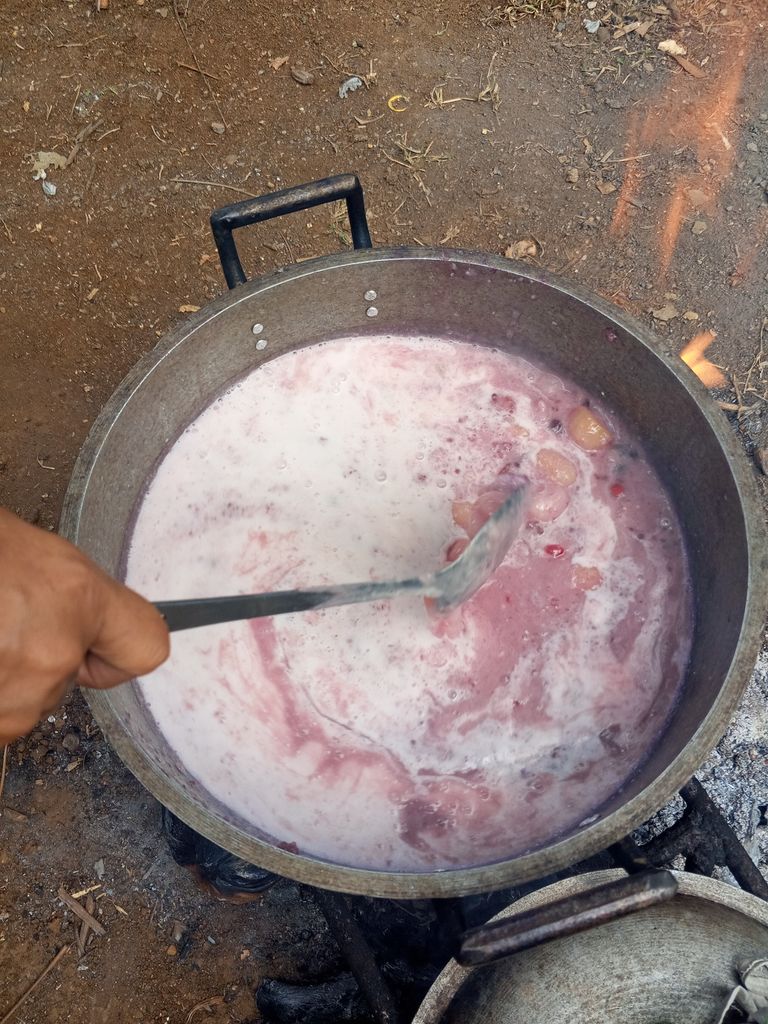


In the Philippines, Good Friday isn't just another day on the calendar. It's a time of solemn reflection, deep spirituality, and of course, cherished culinary traditions. Among these, one dish stands out as a symbol of the season's significance: Binignit.
Exploring Binignit:
Binignit, also known as ginataang halo-halo, is a traditional Filipino dessert made with glutinous rice, coconut milk, various root crops, and fruits. Its origins can be traced back to the Visayan region of the Philippines, where it is particularly popular during Lent, especially on Good Friday.
Ingredients:
Glutinous rice or bilo-bilo
Coconut milk
Sweet potatoes
Landang
Purple yam (ube)
Saba bananas
Palm sugar (or brown sugar)
Sagu
Jackfruit
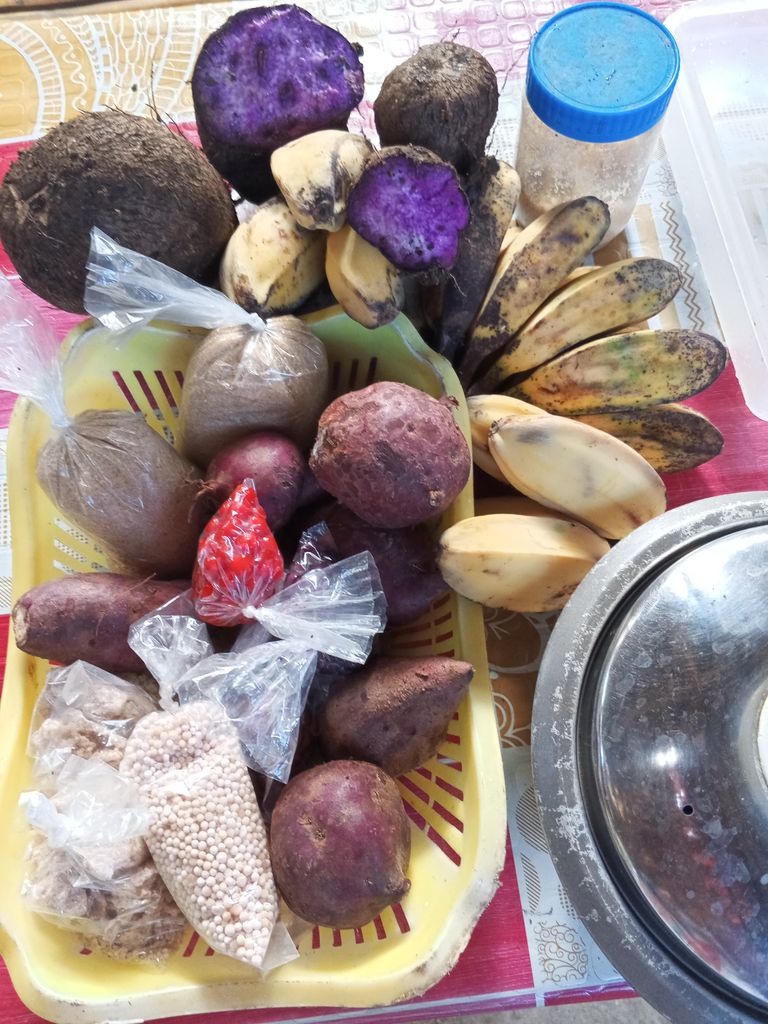
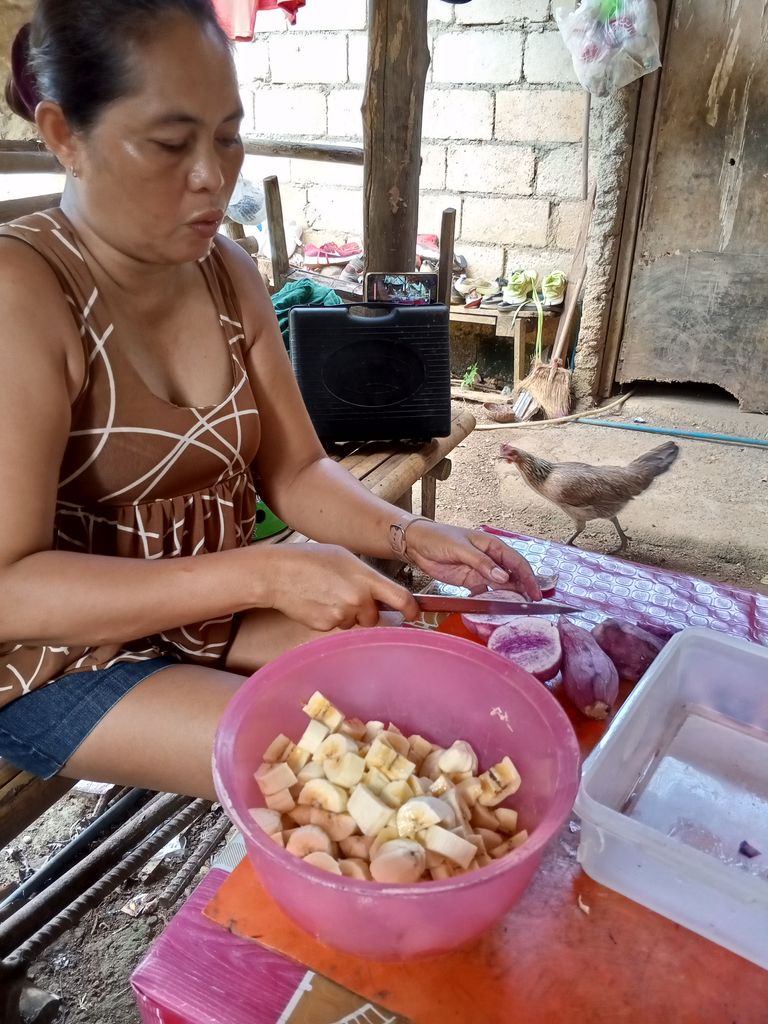
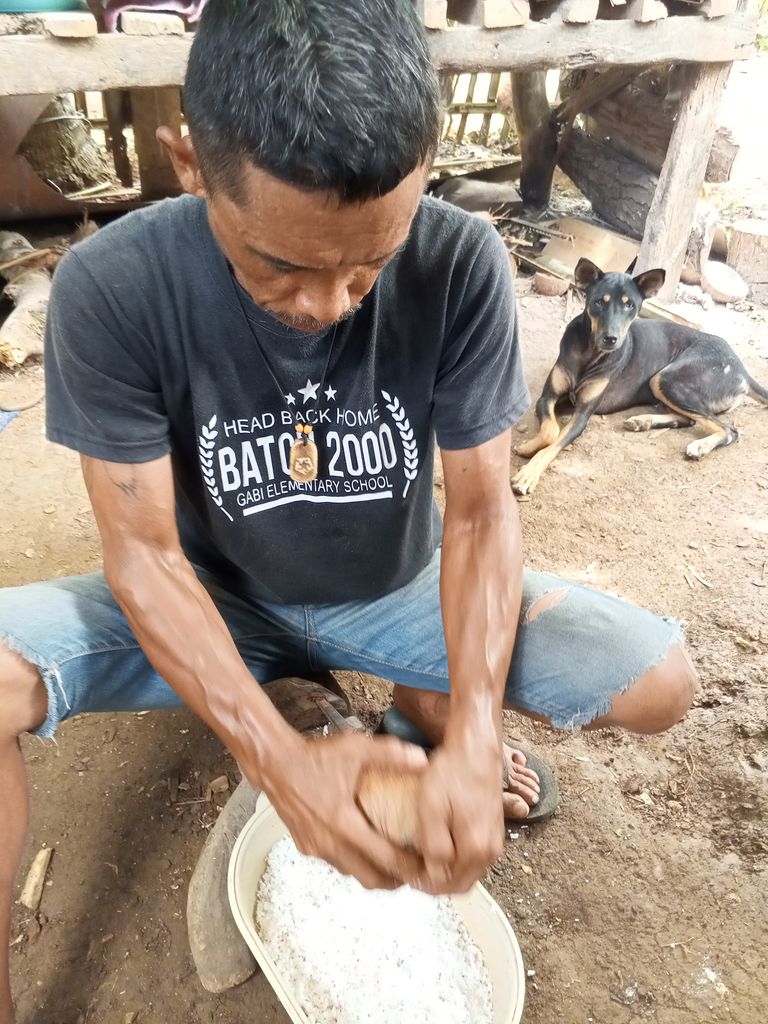


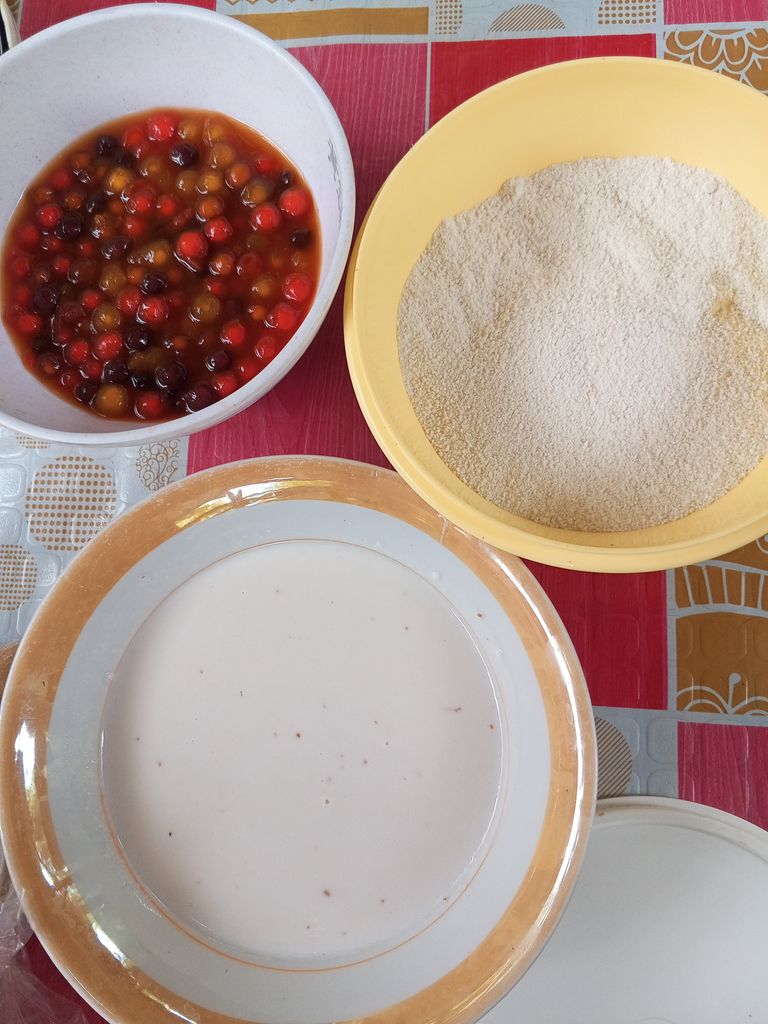
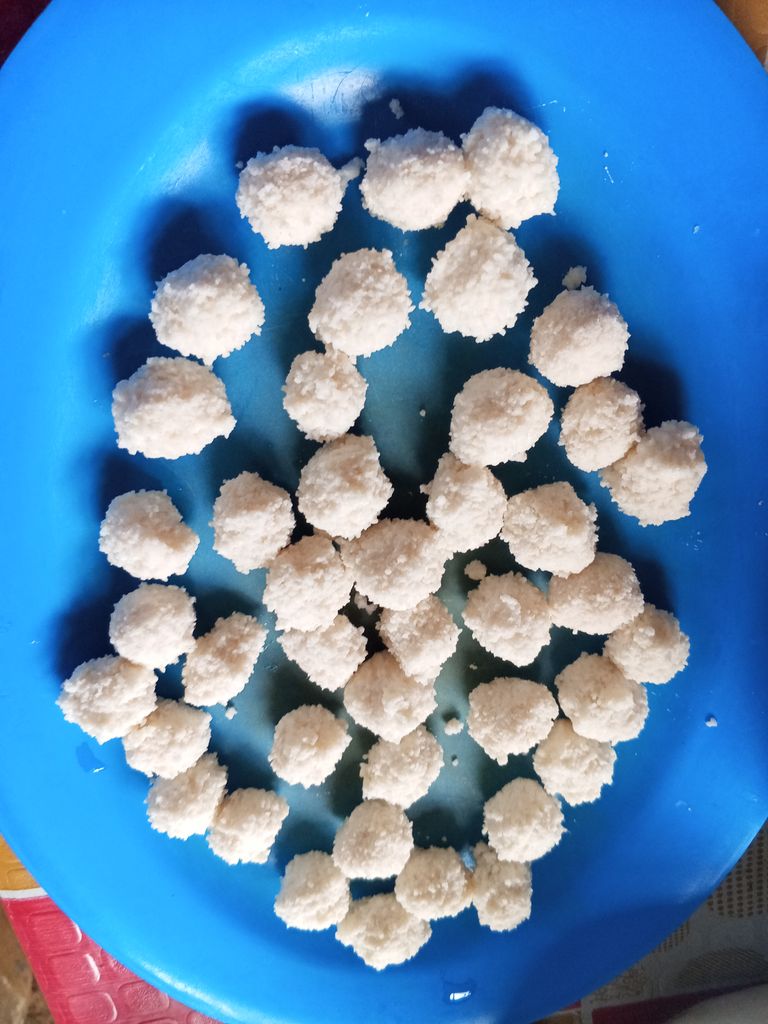
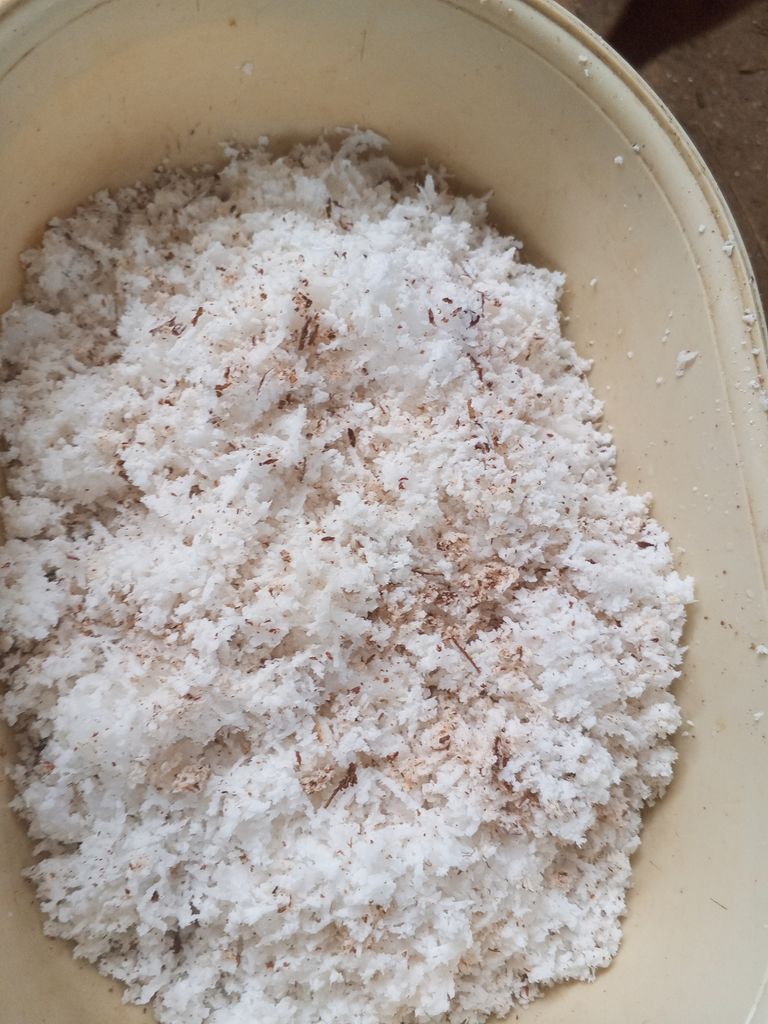
Prepartion for Binignit
Begin it by cooking the sagu , landang and glutinous rice until it's almost tender.
In a separate pot, combine coconut milk and pandan leaves, bringing it to a gentle simmer.
Add the cooked glutinous rice to the coconut milk mixture.
Stir in the sweet potatoes, taro root, purple yam, and saba bananas. Allow them to cook until tender.
Once the root crops are soft, add the jackfruit and palm sugar, stirring until the sugar is completely dissolved.
Simmer the mixture until it reaches a thick and creamy consistent
Serving and Enjoyment:
Binignit is best enjoyed warm, served in bowls to be shared among family and friends. Its rich and creamy texture, combined with the subtle sweetness of coconut milk and the natural flavors of the fruits and root crops, makes it a truly satisfying dessert.
Beyond its delicious taste, Binignit holds deep cultural and religious significance, especially on Good Friday. As Catholics abstain from meat on this solemn day, Binignit serves as a hearty and fulfilling dish that adheres to the dietary restrictions of Lent.
Preparing Binignit on Good Friday is more than just cooking a dessert; it's a time-honored tradition that brings families together in the kitchen. Generations gather to peel, chop, and simmer the ingredients, sharing stories and laughter as we create memories.